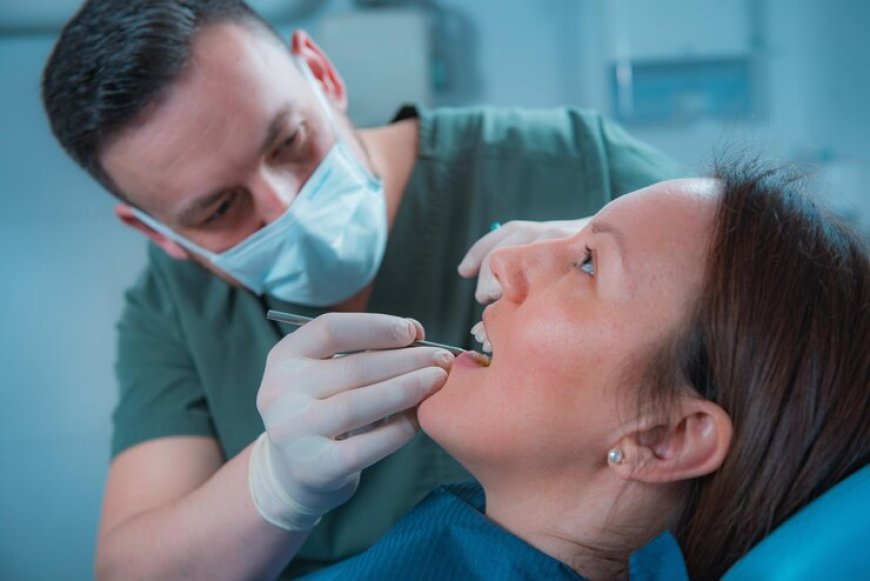Understanding Wisdom Tooth Extraction: Procedure, Recovery and Aftercare
Removing problematic wisdom teeth can prevent future dental issues such as crowding, misalignment, and infections in adjacent teeth. It can also alleviate pain and discomfort associated with impacted wisdom teeth.

Wisdom tooth extraction is a common dental procedure aimed at removing one or more wisdom teeth, also known as third molars. These teeth typically erupt during late adolescence or early adulthood, but often do not have enough space to emerge properly. This can lead to various dental problems such as impaction, crowding, and infection, necessitating their removal.
The Procedure
Wisdom tooth extraction is usually performed by a dentist or an oral surgeon under local anesthesia, which numbs the area around the tooth. In some cases, general anesthesia may be used, especially if multiple teeth are being extracted or if the teeth are impacted.
- Assessment and X-rays: Before the extraction, the dentist will assess the position of the wisdom teeth using X-rays. This helps determine the best approach for removal.
- Extraction: During the procedure, the dentist will make an incision in the gum tissue over the tooth and remove any bone that may be covering the tooth. The tooth may be divided into sections to facilitate easier removal. Once the tooth is extracted, the area is cleaned and stitched if necessary.
- Closure: Gauze is typically placed over the extraction site to control bleeding and help a blood clot form.
Recovery Period
After the extraction, it's normal to experience some discomfort and swelling. The recovery period varies from person to person but generally follows these stages:
- Immediate Aftercare: Patients are advised to rest and avoid strenuous activities. Applying ice packs to the outside of the face helps reduce swelling, while over-the-counter pain relievers can manage discomfort.
- Healing: Over the next few days, the extraction site will heal. It's important to follow post-operative instructions provided by the dentist, such as avoiding drinking through a straw or rinsing vigorously, as these actions can dislodge the blood clot and delay healing.
- Follow-up: A follow-up appointment may be scheduled to monitor healing and remove stitches if necessary.
Potential Complications
While wisdom tooth extraction Crestview FL is generally safe, complications can occur, including:
- Dry socket: When the blood clot at the site of the extraction fails to develop or is dislodged prematurely, exposing underlying bone and nerves.
- Infection: Signs of infection include fever, severe pain, and swelling that worsens after a few days.
- Nerve injury: Temporary or permanent numbness in the lips, tongue, or cheeks can occur, though it's rare.
Long-term Benefits
Removing problematic wisdom teeth can prevent future dental issues such as crowding, misalignment, and infections in adjacent teeth. It can also alleviate pain and discomfort associated with impacted wisdom teeth.
Conclusion
Wisdom tooth extraction Crestview FL is a routine procedure designed to address issues caused by the eruption of third molars. While recovery may involve some discomfort, following post-operative care instructions diligently can promote healing and reduce the risk of complications. Consulting with a qualified dentist or oral surgeon can provide personalized guidance and ensure a smooth recovery process. If you're experiencing symptoms related to your wisdom teeth, scheduling a dental evaluation is the first step towards understanding whether extraction is necessary for your oral health.












